| Srl | Item |
| 1 |
ID:
089865
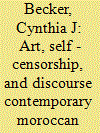

|
|
|
| 2 |
ID:
105309
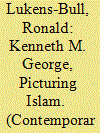

|
|
|
| 3 |
ID:
178769
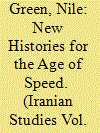

|
|
|
|
|
| Summary/Abstract |
By conceiving two emergent nation-states as a single region linked by conjoining roads, shared technologies and circulating researchers, this essay traces the emergence of a common “intellectual infrastructure” that during the interwar decades enabled European, American, Iranian, Afghan and Indian scholars to promote archeological and architectural interpretations of the Iranian and Afghan past. Taking Robert Byron’s Road to Oxiana as a fixed point of reference, the following pages survey the motor-linked sites where these new disciplinary approaches were developed and disseminated. By positioning Byron amid a larger cadre of investigators publishing in Farsi, Dari and Urdu no less than English, French and German, the essay shows how shifts in Iranian perceptions of the ancient and medieval past were part of a larger regional development, unfolding not only in familiar dialogue with Europe, but also in conversation and to some degree competition with nationalist scholarship in Afghanistan and India. Together with the journals, museums, learned societies and congresses which were launched in the 1920s and 1930s, cars and cameras—those key tools of the “age of speed”—were central to these learned ventures. Far from generating uniformity, this shared intellectual infrastructure enabled multiple interpretations of the archaeological and architectural past that were nonetheless mutually intelligible and methodologically consistent.
|
|
|
|
|
|
|
|
|
|
|
|
|
|
|
|
| 4 |
ID:
069933
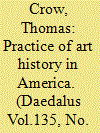

|
|
|
| 5 |
ID:
091722
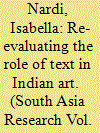

|
|
|
|
|
| Publication |
2009.
|
| Summary/Abstract |
This article seeks to rediscover and contemporise the importance of using the shastras, Sanskrit technical treatises, as a standard of critique to analyse Indian art. The applicability and interpretative value of this approach for the study of Indian art history is exemplified by a case study of the miniature paintings representing the image of Shri Nathji in Nathdvara. Analysing the image of Shri Nathji as it appears in Nathdvara miniature paintings from different shastric points of views, including the theories of measurement and proportion, postures, mudras and rasa theory, the article proposes to include in the definition of shastra not only canonical textual sources but also practical/visual and oral/verbal transmitted knowledge. While textual concepts are used as a methodology for the reading of the image of Shri Nathji, the canonical shastric theories are considered side by side with such oral and practical knowledge in an attempt to redefine the concept of 'text' for Indian tradition, and especially to further our knowledge on the relationship between text and image in Indian art.
|
|
|
|
|
|
|
|
|
|
|
|
|
|
|
|